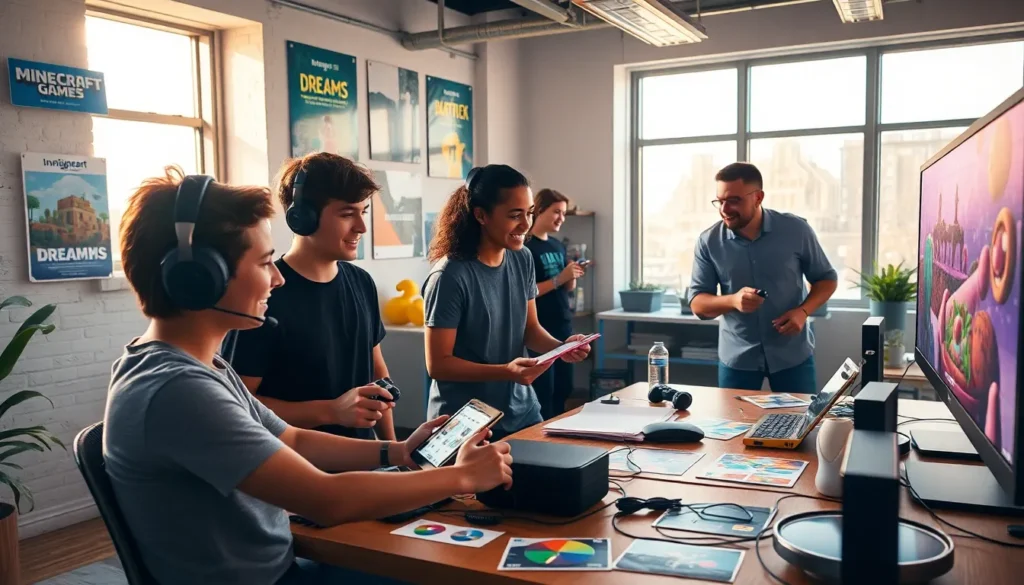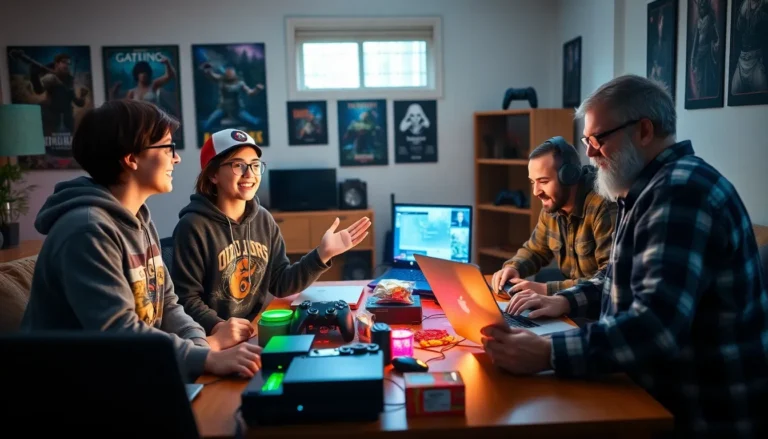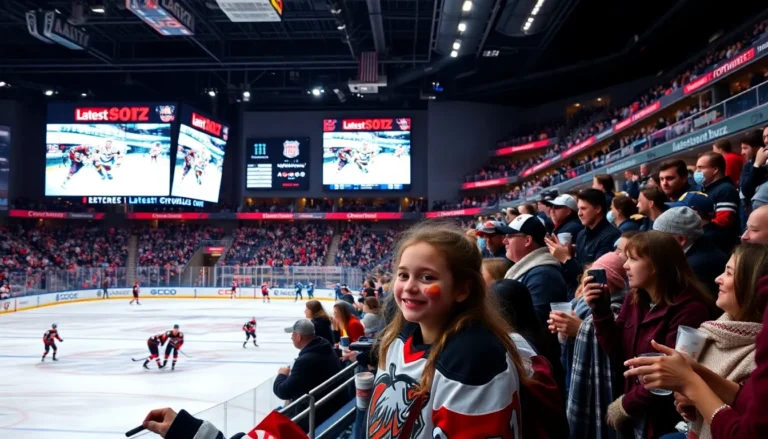Imagineer Games represents a unique fusion of creativity and innovation in the world of gaming. As digital landscapes become more expansive, players seek experiences that transcend the ordinary. This article delves into the essence of Imagineer Games, exploring their history, key features, and their evolving role within the gaming community.
Table of Contents
ToggleWhat Are Imagineer Games?

Imagineer Games are designed to stimulate the imagination, allowing players to explore vast, creative worlds. These games range from puzzle-solving experiences to immersive simulations that challenge users’ creativity and problem-solving skills. What sets Imagineer Games apart is their emphasis on open-ended gameplay, inviting players to shape their experiences rather than following a linear storyline. In essence, they offer a playground for the mind, where the only limits are those of the player’s creativity.
The Evolution of Imaginary Gameplay
The concept of imaginary gameplay has evolved significantly over the years. Early video games often constrained players with rigid rules and limited interactions, but as technology advanced, so did the scope of imagination. From the simplistic 8-bit graphics of yesteryears to today’s stunning virtual realities, Imagineer Games have witnessed a remarkable transformation.
In recent years, the emergence of sandbox-style games such as Minecraft and the creative modes in Fortnite exemplify this evolution. These games encourage creativity, allowing players to build and create their worlds from scratch. This shift has not only redefined gaming expectations but has also opened the floodgates for a new generation of game developers to explore the concept of play in imaginative ways.
Key Features of Imagineer Games
Imagineer Games incorporate several innovative features that enhance the gaming experience, making them beloved by players of all ages. Here are some key characteristics:
Open-Ended Gameplay
Players are empowered to craft their narratives and experiences. This freedom encourages exploration and creativity, allowing each session to feel unique.
Community Collaboration
Imagineer Games often include community-driven elements where players can share creations, collaborate on projects, and contribute to larger gaming ecosystems. This fosters a sense of belonging and shared purpose.
Adaptable Difficulty Levels
These games often feature adjustable difficulty settings, appealing to a broad audience from novices to seasoned gamers. This inclusivity ensures that players can enjoy the challenge while also feeling comfortable.
Continuous Updates
Developers frequently release updates with new content, features, and improvements based on community feedback, ensuring the games evolve and remain relevant, so sustaining player interest.
Target Audience and Community Engagement
Imagineer Games attract a diverse audience, ranging from children to adults, each drawn by the limitless creativity and exploration opportunities. This wide appeal is one of the reasons such games have gained immense popularity.
Engaging the Community
Community engagement is a vital aspect of Imagineer Games. Players often participate in forums, social media discussions, and even live-streamed gameplay sessions, creating vibrant communities around their favorite titles. Developers often listen to feedback from these communities, leading to better game iterations and stronger player-investor relationships.
Educational Applications
Beyond entertainment, Imagineer Games also find a place in educational settings. Many educators use these games to teach concepts in math, science, and art, thereby making learning interactive and enjoyable.
Exploring Popular Imagineer Games
Several titles have stood out in the realm of Imagineer Games, showcasing their capabilities to inspire and engage. Notable examples include:
Minecraft
One of the most iconic examples, it allows players to explore, build, and survive in a blocky world. Its creativity and endless possibilities make it a favorite among all age groups.
LittleBigPlanet
Combining platforming with creativity, this game encourages players to create their levels while offering an engaging narrative and charming aesthetics.
Dreams
From the creators of LittleBigPlanet, this game is an expansive canvas for players to create, share, and play their dreams, all while interacting with a vibrant community.
The Future of Imagineer Games
The future of Imagineer Games looks promising as technology continues to advance. With the rise of virtual reality (VR) and augmented reality (AR), developers are poised to push the boundaries of imagination even further.
Trends to Watch For
- Integration of AI: AI is rapidly changing how games are designed, with intelligent systems creating dynamic environments that adapt to player choices.
- Expanded Reality Experiences: Expect more games to harness AR and VR, creating immersive, engaging experiences that further enhance the imagination.
- Social Gaming: As gaming becomes more social, there may be a rise in collaborative gameplay, enabling players worldwide to work together in real-time.
Conclusion
Imagineer Games represent a significant stride in the evolution of gaming, merging creativity, community, and immersive technology. As players continue to seek experiences that challenge their imaginations, these games are set to thrive and evolve, ensuring their place in the hearts of gamers for years to come.





